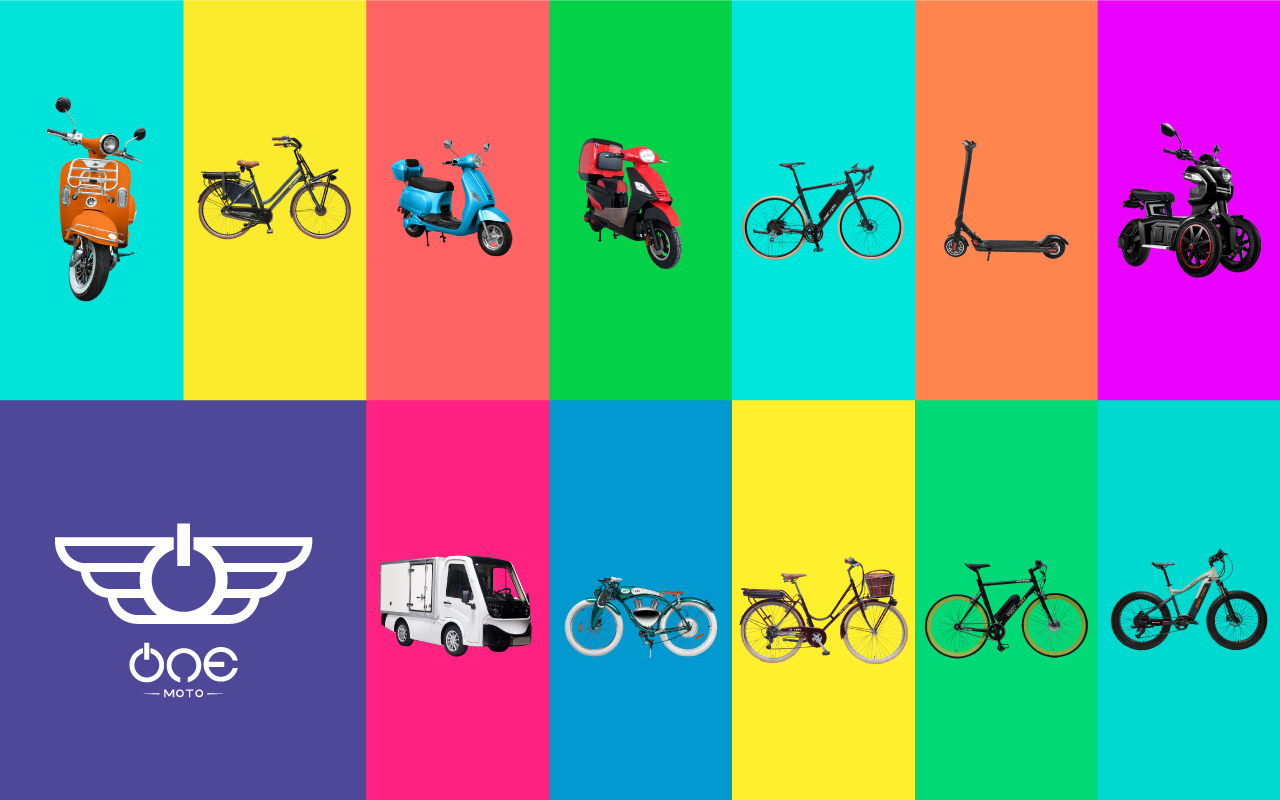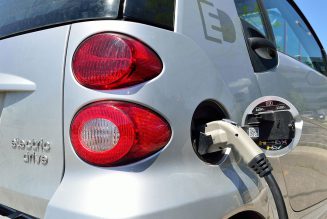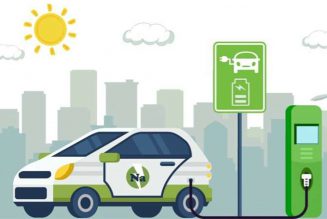Electric Vehicles (EVs) are becoming more and more popular worldwide. They are not just the wave of the future but also saves our planet by reducing the pollution and increasing sustainability. Electric Vehicles range from simple scooters to cars, buses, trucks, tractor-trailers etc.
There are mainly three categories of the EVs
1. Battery Powered – These are powered by the electricity stored in a battery pack
2. Hybrid (Plugin-Hybrid) – Hybrid EVs combine the petrol or diesel engine with an electric motor and a rechargeable battery
3. Fuel Cell – Electrons are split from Hydrogen molecules which produces electricity to run a motor
Pollution Hazard
Conventional Gasoline or Diesel powered vehicles pose a big threat to the nature by emitting Carbon Monoxide which directly contributes to the Air Pollution. We all have experienced the lowest ever pollution worldwide during the Covid-19 pandemic. Main reason is that the number of vehicles on the road reduced drastically due to the lock-down measures put in place by cities/countries.
Carbon Monoxide emission is not just bad for our planet but equally dangerous to our health. Asthma, Bronchitis, Cancer and even Premature Death are some of the results of atmospheric pollution. Apart from the Carbon Monoxide emission, there is sound pollution as well which is equally annoying.
Studies at Duke University reveal that “each gallon of gasoline purchased at the gas station carries with it up to $3.80 in health and environmental costs. The diesel in big rigs and farm equipment is worse, with an additional $4.80 in social costs to our health and climate per gallon” – an eye opener to start switching to Electric Vehicles.
Electric Vehicles have a very small carbon footprint compared to its gasoline/diesel counterparts. Organisations across the world are working to achieve 100% clean energy. We have already seen changes in Railways, the transition from Coal to Diesel to Electric engines. There are many electric powered vehicles in use, such as Club Cars, Scooters, Cars and similar. They are very silent and sound pollution is very minimal.
Efficiency and Life Expectancy
The main part in an EV is its Battery Pack, which consists of Lithium-Ion Rechargeable Batteries. More technologies are under the research and development stages, such as Lithium Ion Phosphate (LiFePO4) and Solid State batteries. The aim is to increase efficiency and also clamp down on the negative effects on the environment during production. These decide the efficiency of the vehicle – meaning how far you can travel on one full charge and their charging life cycle.
The newer models of EVs can be charged at home, at work or wherever they are stored. Some of them have Battery Packs that are removable so that they can be charged Off-Line as well.
Cost Factor
Compared to their conventional counterparts, the smaller Electric Scooters are slightly expensive but equally durable, and saves money over their life span . Some of them can even be folded and carried in bags easily. They are definitely the cheaper option for the long term. The service and maintenance costs are almost non-existent. It is cheaper to charge an EV than filling petrol/diesel in the ICE (Internal Combustion Engine) counterparts.
Many countries have already started the switch to Electric Vehicles. There are special incentives and preferences given to owners and users of Electric Vehicles such as dedicated free parking slots in parking areas. Many delivery companies are planning to switch over to Electric Motorcycles aiming to cut operating costs.
Further Reading: Drive for efficiency could prompt food delivery companies to consider electric vehicles
OneMoto Product Line










sharadpathane
Good one